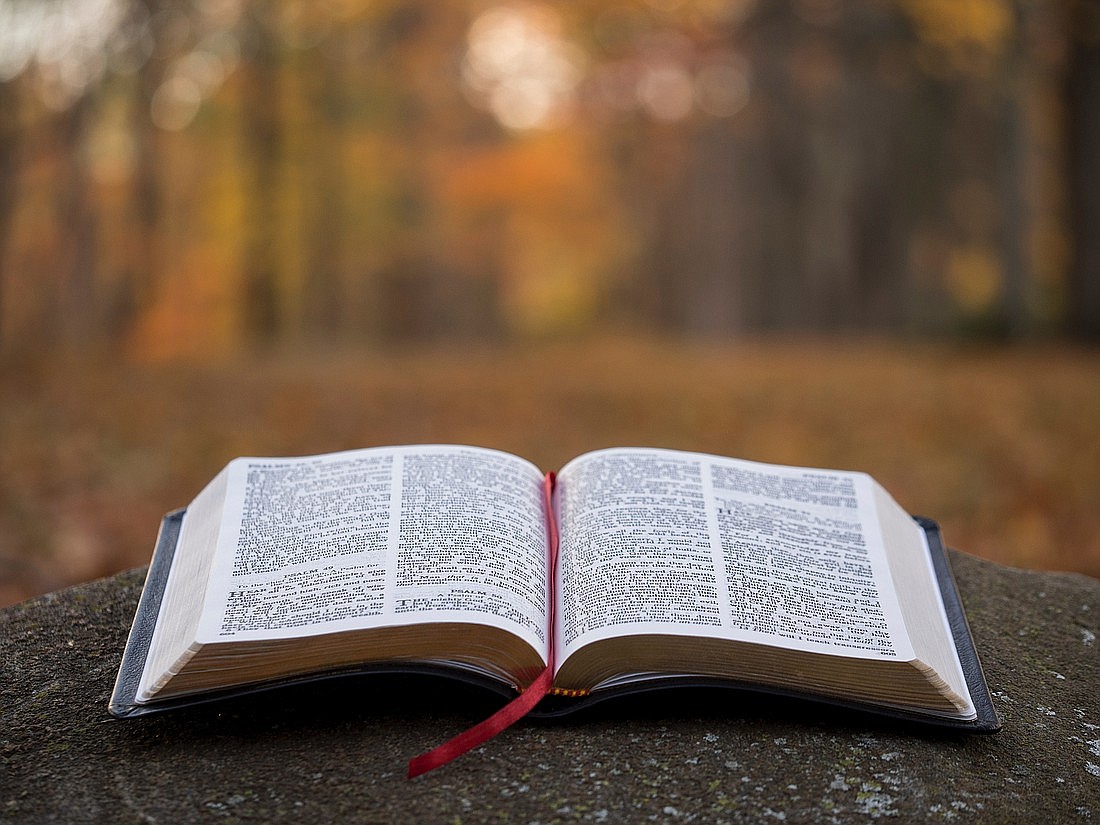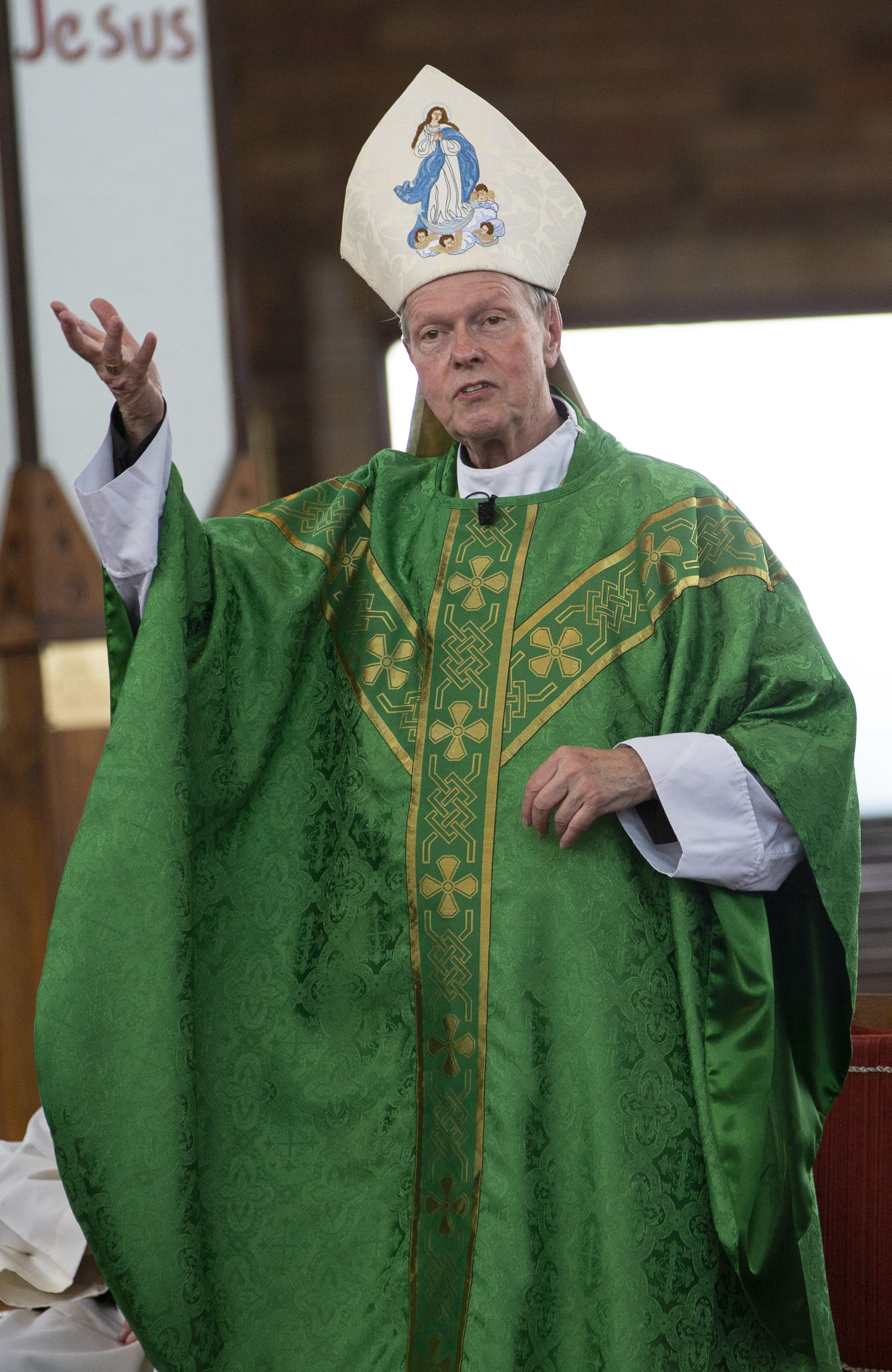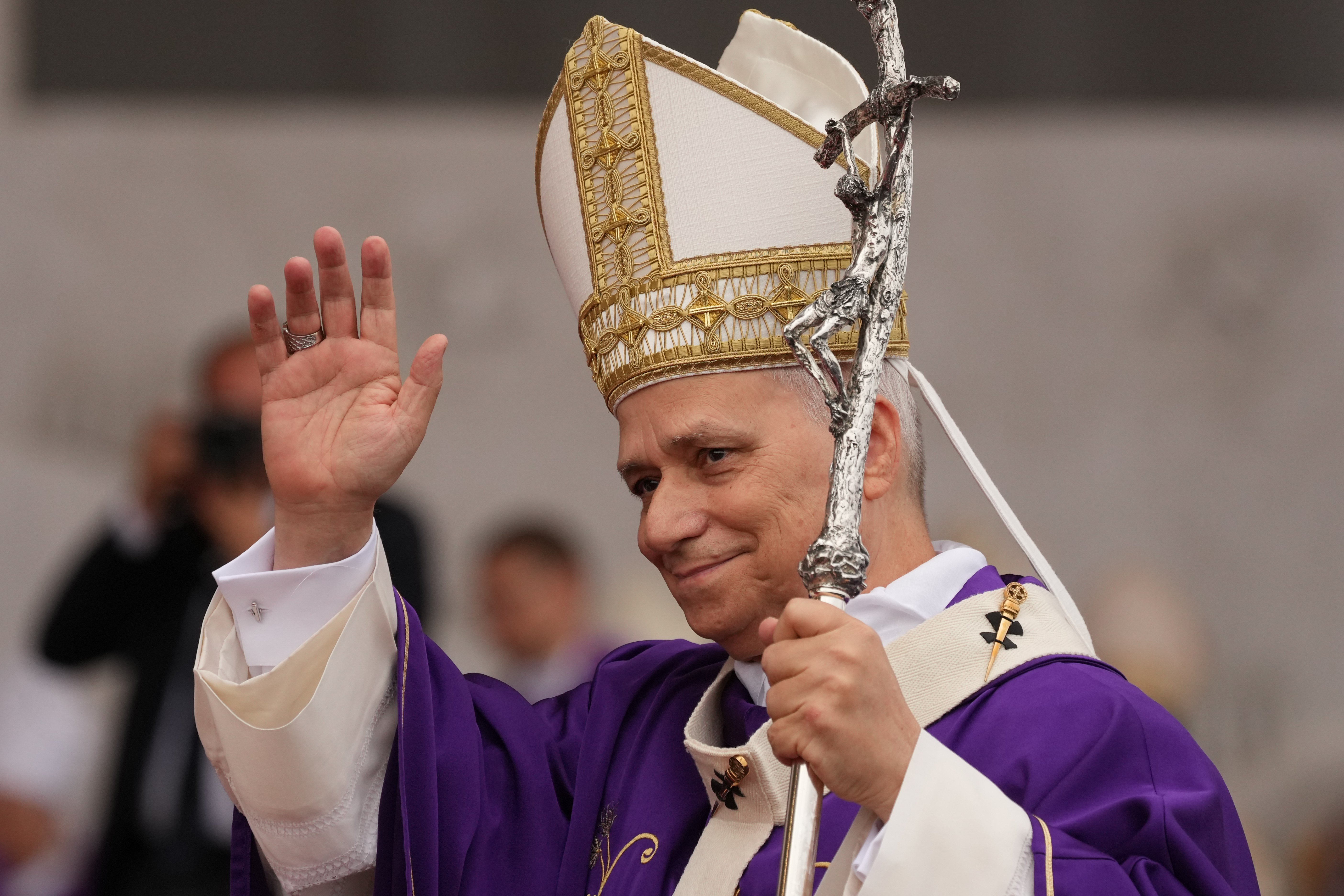October 22, 2025 at 10:53 a.m.
A lesson in how to pray …and how not to pray!
“I tell you that this man, rather than the other, went home justified before God.” — Luke 18:14
Last week we reflected on prayer, especially about intercessory prayer and the need for persistence in prayer, prompted by Jesus’ parable about the unjust judge and the persistence of the widow in having justice. We thought about the vital importance of prayer in our lives, as well as the need to develop a pattern of prayer that suits our circumstances and needs. We also explored one particular type of prayer, what we usually call “intercessory prayer” or prayers of petition. Our Gospel this week continues the theme of prayer, and Jesus’ colorful story of two people coming to the temple to pray might be called a lesson in how to pray … and also how not to pray!
The story focuses especially on what we might say is the right (and the wrong) disposition or attitude to have when we wish to pray. The first character is the Pharisee: a member of an elite group of those who strictly followed the religious law and practices. Notice his disposition and attitude. He seems to despise everyone (except himself, of course) and there is no respect for the tax collector or anyone else. We might even ask about his attitude to God: he seems so full of himself and so perfect that one wonders why he even needs God at all. There is no humility in the way he addresses our awesome God, or a realization that he is actually speaking to God. The content of his prayers are all about how great he is and how terrible everyone else is. As one writer humorously put it, his prayer is a bad case of “I” strain! His prayer is not then really prayer at all: it is just a series of statements about how wonderful he is. Look at the Gospel again and hear the telling words about the Pharisee: “he spoke this prayer to himself.”
This contrasts with the attitude of the tax collector as he comes to pray to God. He knows who he is, what he has done and he knows his unworthiness. He also knows that he is speaking to God, and his body language shows this: he stands off at a distance, he does not dare to raise his eyes to heaven and he beats his breast. He then prays directly to God (and not to himself): “O God …” and then he simply asked God to be merciful to him, a sinner. God hears this prayer and the man goes home “justified” (literally meaning in a right and restored relationship with God). As our First Reading puts it beautifully, the prayer of the humble “reaches the heavens.”
Jesus’ parable teaches us many things about the right attitude and disposition when we come to pray. We need to be honest about ourselves: God knows who we really are and what we have done, whether or not we like to be honest about it ourselves. After all, it is usually not a good idea to begin a conversation with somebody, not least God, by being dishonest about things, especially ourselves! We also need to recognize both God’s amazing love and mercy, but also that God is God: awesome and transcendent. Additionally, we can be aware of the importance not just of words, but also of our body language when we pray (incidentally, that is why we sometimes stand, sometimes sit and sometimes kneel at Mass …we use our bodies to pray). Finally, we can acknowledge our need for God’s help, so that we can finish our prayers and leave “justified,” that is in a right and good relationship with God, with others and with ourselves.
Perhaps a project for this coming week might be to reexamine our attitudes and dispositions when we come to pray and, therefore, to think about such things as our body language and our words. Let us make sure that we remember to whom we are praying: our merciful, but also awesome, almighty God. Let us make sure that we give some quality time to prayer and not to rush our prayers, or to reduce prayer to some sort of irksome duty. Let us face any distractions in prayer head on and ask for God’s help in being focused in our prayers. Finally, a great way to end all prayer is to give glory and praise to God, perhaps with the well-known prayer: “Glory be to the Father and to the Son and to the Holy Spirit.”
- 3 months after fatal shooting, Minneapolis church is restored for worship
- The importance of ‘Gaudium et Spes,’ 60 years later
- 6 years after Sheen’s cause was shelved, could Illinois-born Pope Leo bring it back?
- Franciscan Media to close at end of 2025 amid larger downturn in Catholic news media
- Cardinal McElroy of Washington says he’s ‘cancer-free’ following surgery
- New Very Marian Advent carols premieres in concert in San Francisco, Oakland
- Washington Roundup: High court to hear birthright citizenship case, OKs Texas congressional map
- Marseille’s famed ‘Good Mother’ will shine again atop city’s cathedral
- Florida Catholic bishops urge Gov. DeSantis to stay two executions
- A Vatican commission recently said ‘no’ to women deacons. Two members of the commission explain why








Comments:
You must login to comment.